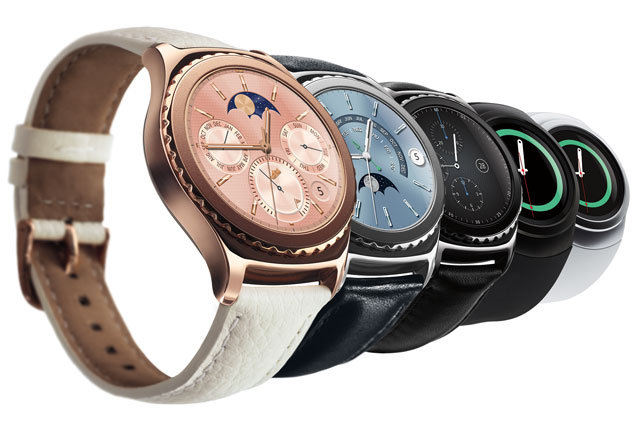-
Tips for becoming a good boxer - November 6, 2020
-
7 expert tips for making your hens night a memorable one - November 6, 2020
-
5 reasons to host your Christmas party on a cruise boat - November 6, 2020
-
What to do when you’re charged with a crime - November 6, 2020
-
Should you get one or multiple dogs? Here’s all you need to know - November 3, 2020
-
A Guide: How to Build Your Very Own Magic Mirror - February 14, 2019
-
Our Top Inspirational Baseball Stars - November 24, 2018
-
Five Tech Tools That Will Help You Turn Your Blog into a Business - November 24, 2018
-
How to Indulge on Vacation without Expanding Your Waist - November 9, 2018
-
5 Strategies for Businesses to Appeal to Today’s Increasingly Mobile-Crazed Customers - November 9, 2018
Samsung Gear S2 classic 3G is first device with eSIM
For what it’s worth, it isn’t the first example of a programmable SIM card, because there are proprietary version out there already-notably in Apple’s iPads. Thanks to a design that dispenses with a slide-out tray, it’s up to 90 percent smaller than a traditional SIM card, according to GSMA Chief Engineer Ian Pannell in an interview with the Verge.
Advertisement
The GSMA represents the interests of mobile operators worldwide, uniting almost 800 operators with more than 250 companies in the broader mobile ecosystem, including handset and device makers, software companies, equipment providers and internet companies, as well as organisations in adjacent industry sectors. The Samsung Gear S2 classic 3G is the first product to support this new standard called eSIM.
The Gear S2 Classic was unveiled back in September, but not for the UK. Why? you might ask. Not to mention, Samsung also announced additional versions of the smartwatch including a 3G Model as well as rose gold and platinum variants as well.
Advertisement
The GSMA today released a specification that allows consumers to remotely activate the SIM embedded in a device such as a smart watch, fitness band or tablet. The GSMA will finalize an eSIM spec for smartphones in June. However, this is still a big step forward for the eSIM, with the new specification backed by some of world’s largest hardware manufacturers (including Samsung, LG, Microsoft, and Huawei) and mobile carriers (including AT&T, Verizon, Vodafone, Deutsche Telekom, Telefónica, and EE). “This is the only common, interoperable and global specification that has the backing of the mobile industry and lets consumers with a mobile subscription remotely connect their devices to a mobile network”, said the association’s chief technology officer, Alex Sinclair, in a press release. Unlike with a smartphone or wearable that needs a new physical SIM card to access a new wireless network, eSIM devices only need to be reprogrammed to facilitate a switch.




























